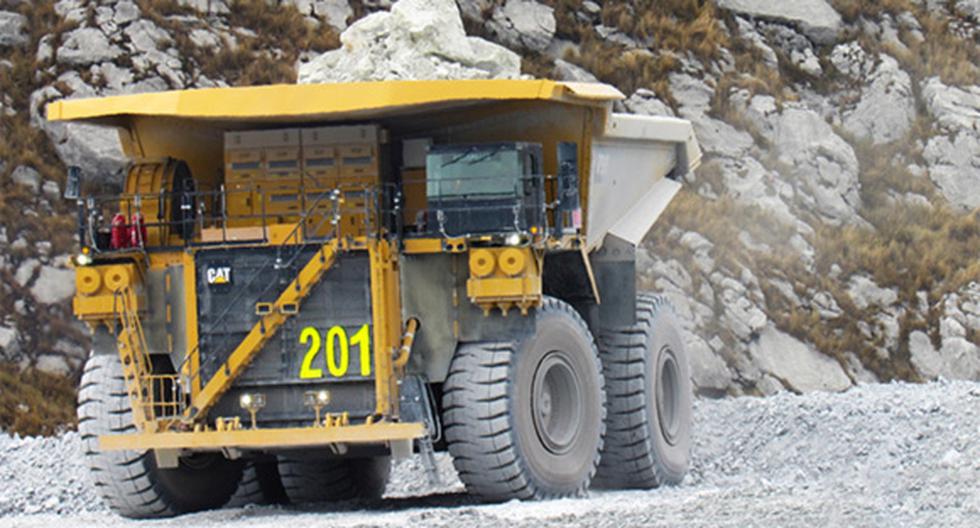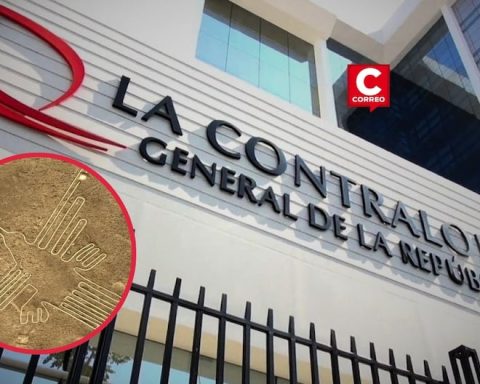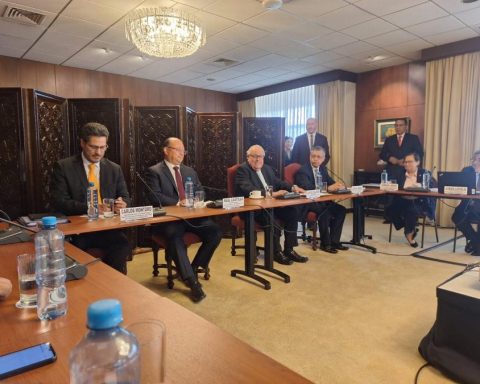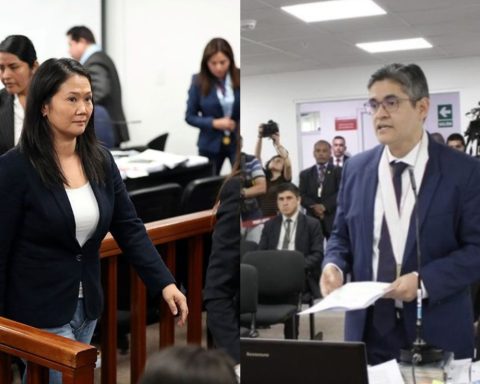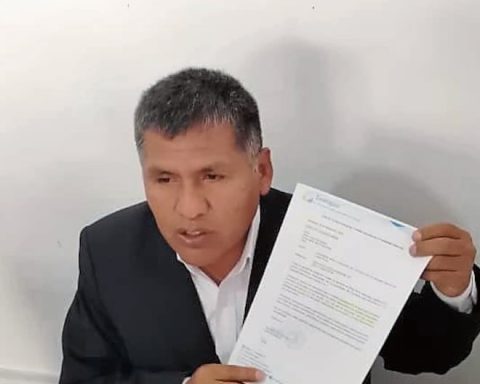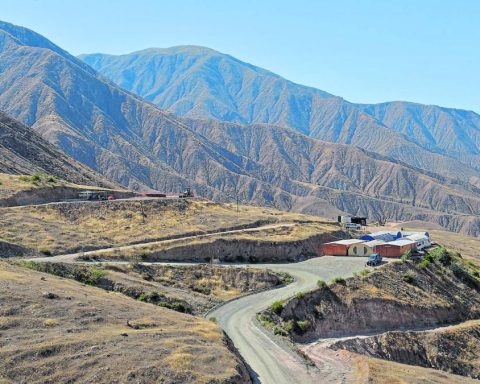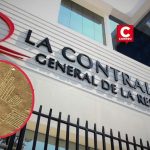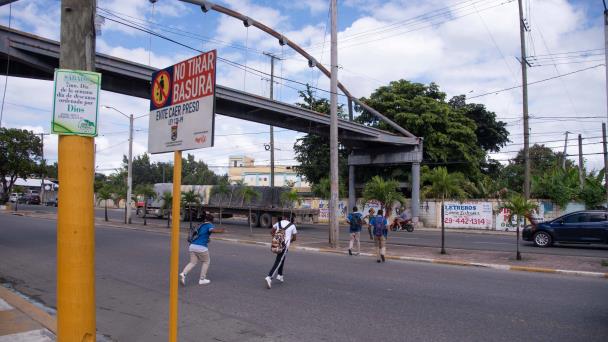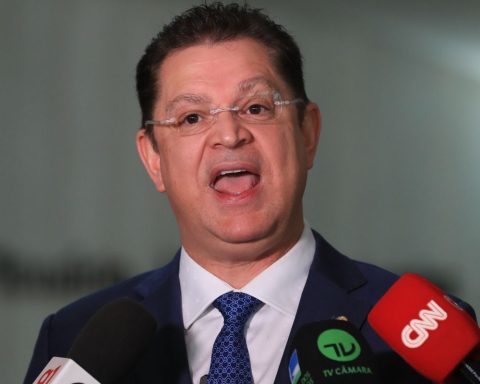Constantly to the sector miner more resources are demanded for social works and they are asked to pay higher taxes; however, the resources from this activity are often not used by the subnational authorities. Let’s see how the progress of the execution of the resources coming from the canon, supercanon, royalties, among others, is going.
Taking into account only some provinces where the main mines are located, it can be seen that, as of November 25, not even 60% of the amount assigned to projects was invested.
For example, in the case of Huari (Áncash), where Antamina is located, the Modified Institutional Budget (PIM) –constituted with the aforementioned resources– for this year amounts to S/1,630’460,521. However, it only registers an advance of 30%.
Meanwhile, in the province of Arequipa, the PIM is S/1,335’853,488, and 39.6% has been spent. The Cerro Verde Mining Society is located here.
On the other hand, in Nasca (Ica), the assigned amount is S/505’069,891 and only 40.6% has been disbursed. Shougang Hierro operates in this area of the country.
Quellaveco is another of the large mining projects and is located in Mariscal Nieto (Moquegua). The budget assigned here is S/443’330,552 and its progress is only 49.9%.
In the case of Espinar (Cusco), although it has received a smaller amount, S/300’108,711, it has only spent 58.2%.
Look: William Campbell on hunger in Peru: “We see it is a not very hopeful scenario”
RESOURCE MANAGEMENT
The ComexPerú Economic Studies analyst, Lety Gómez, questioned whether there are municipalities that receive high budgets “that are not in accordance with their competencies or with the human resources they have.”
“The problem is that there is no kind of punishment for low investment in the canon,” he commented and assured that disbursements must be prioritized according to the gaps in each area of the country.
In this sense, he pointed out that there are people who live near mining areas and who demand basic goods and services from companies when, by law, the State has to provide them.
Likewise, he considered that it must be established that, if a work is started by an authority, they will not leave it paralyzed, that it must be closed before carrying out new projects.
For his part, analyst Anthony Laub considered that not executing the budget translates into less quality of life for people. “The money is there, only the execution is missing. There are experts who could help carry out the works, but there is a circuit of bribes, of profits that truncate the executions, ”he affirmed to Peru21.
Data
The Minister of Economy, Kurt Burneo, met with more than 600 elected authorities and pointed out that “the cost of having half-finished or unfinished works is very high.”
According to the General Comptroller’s Office, in the second quarter there were 2,326 paralyzed public works.
